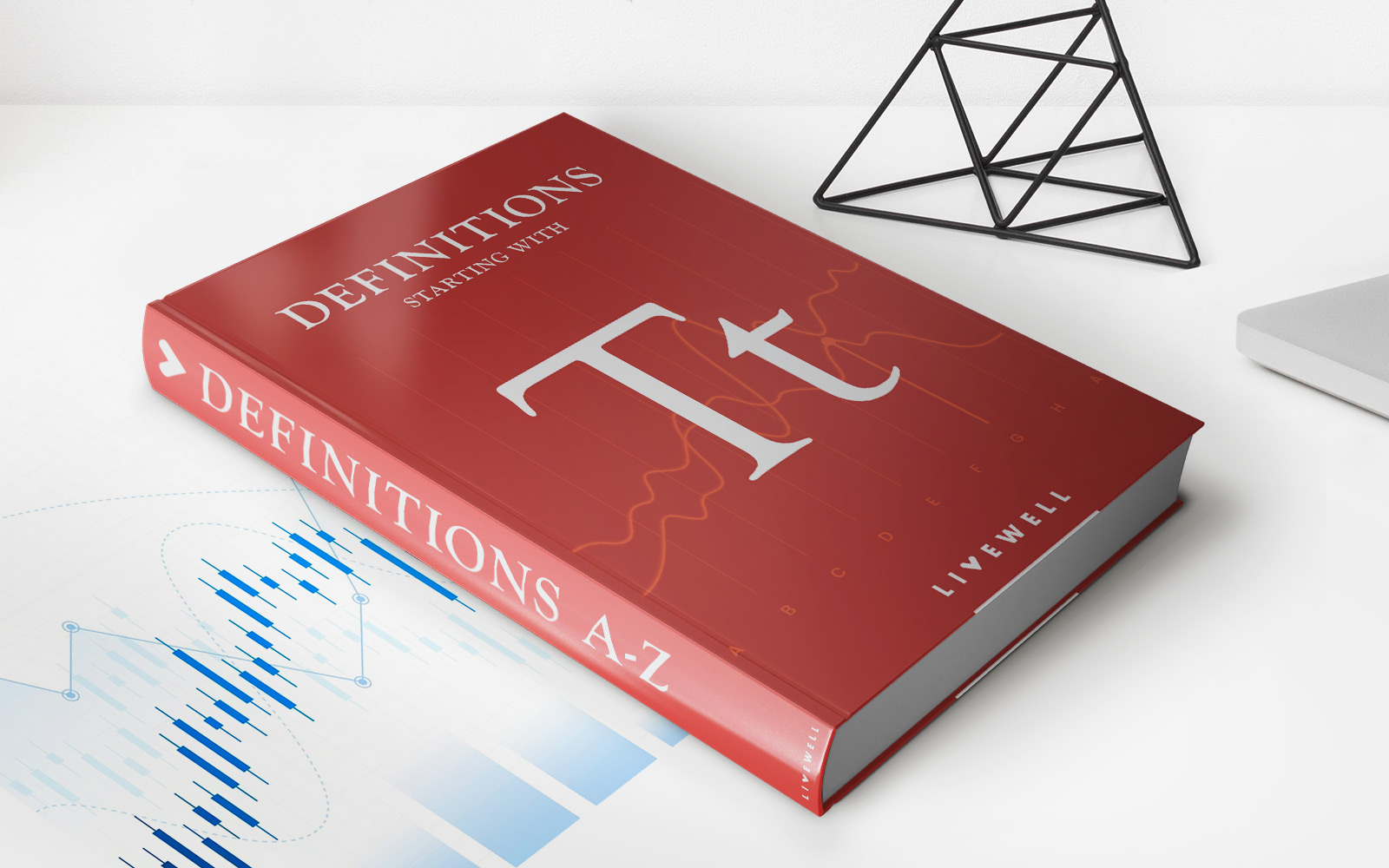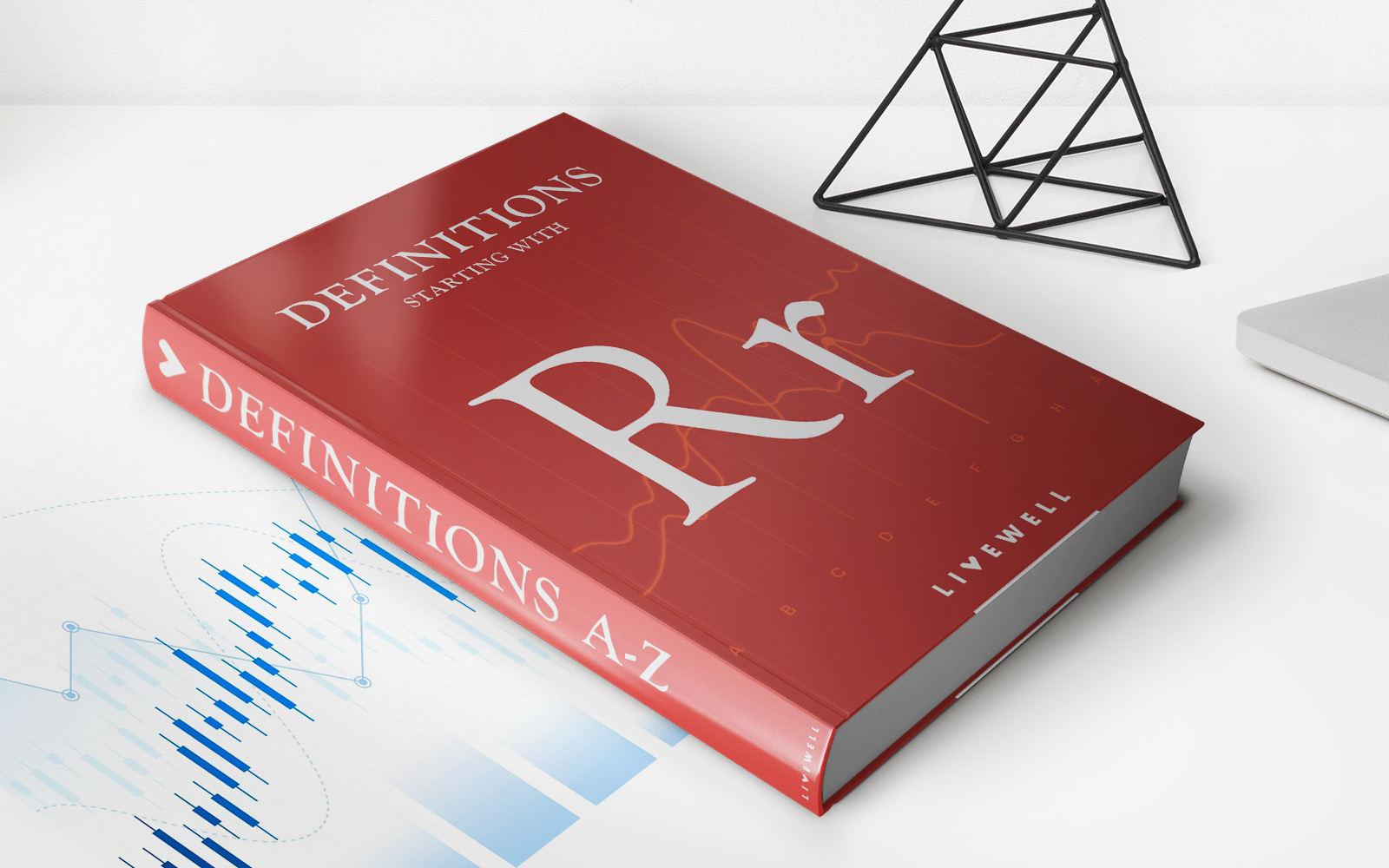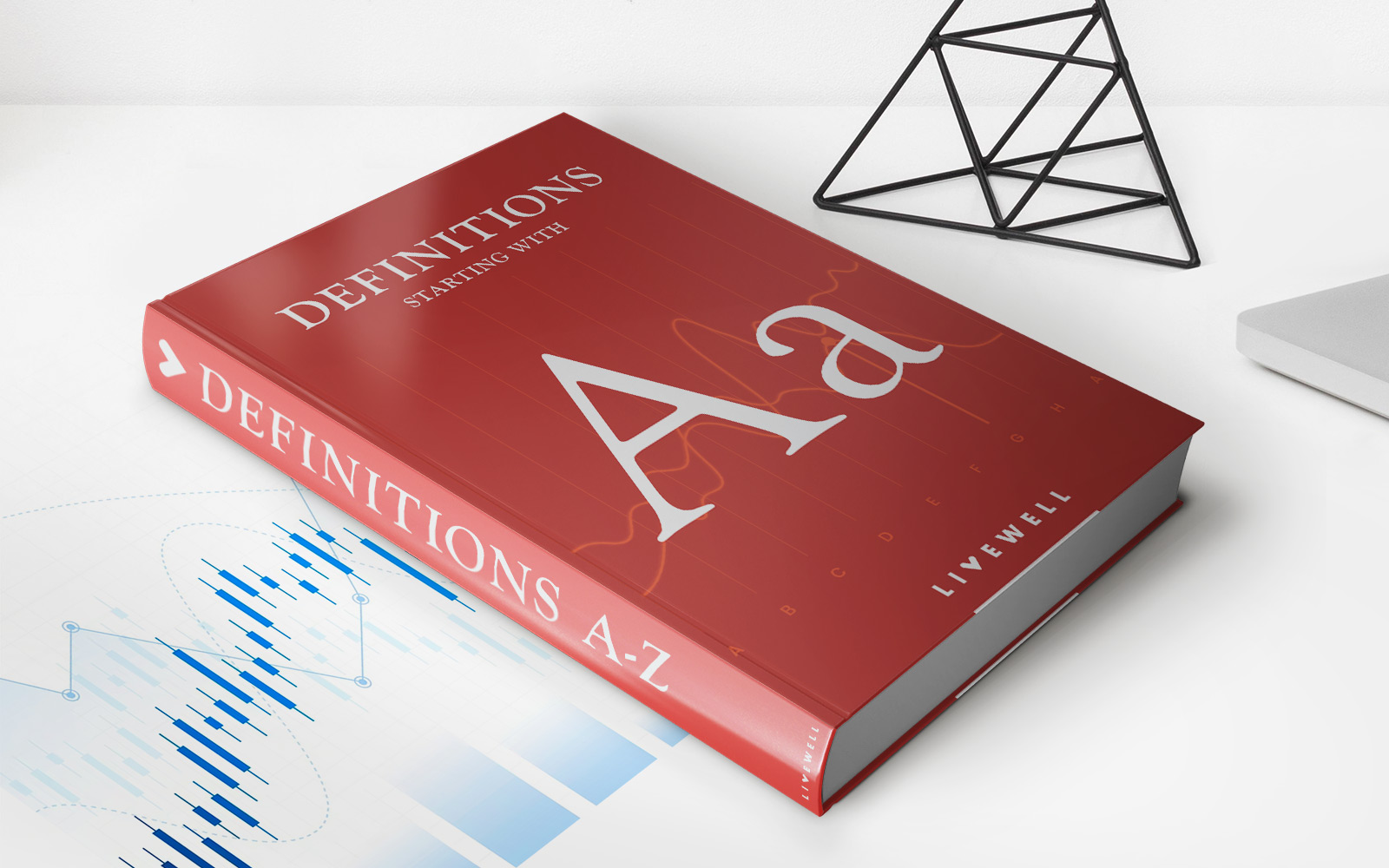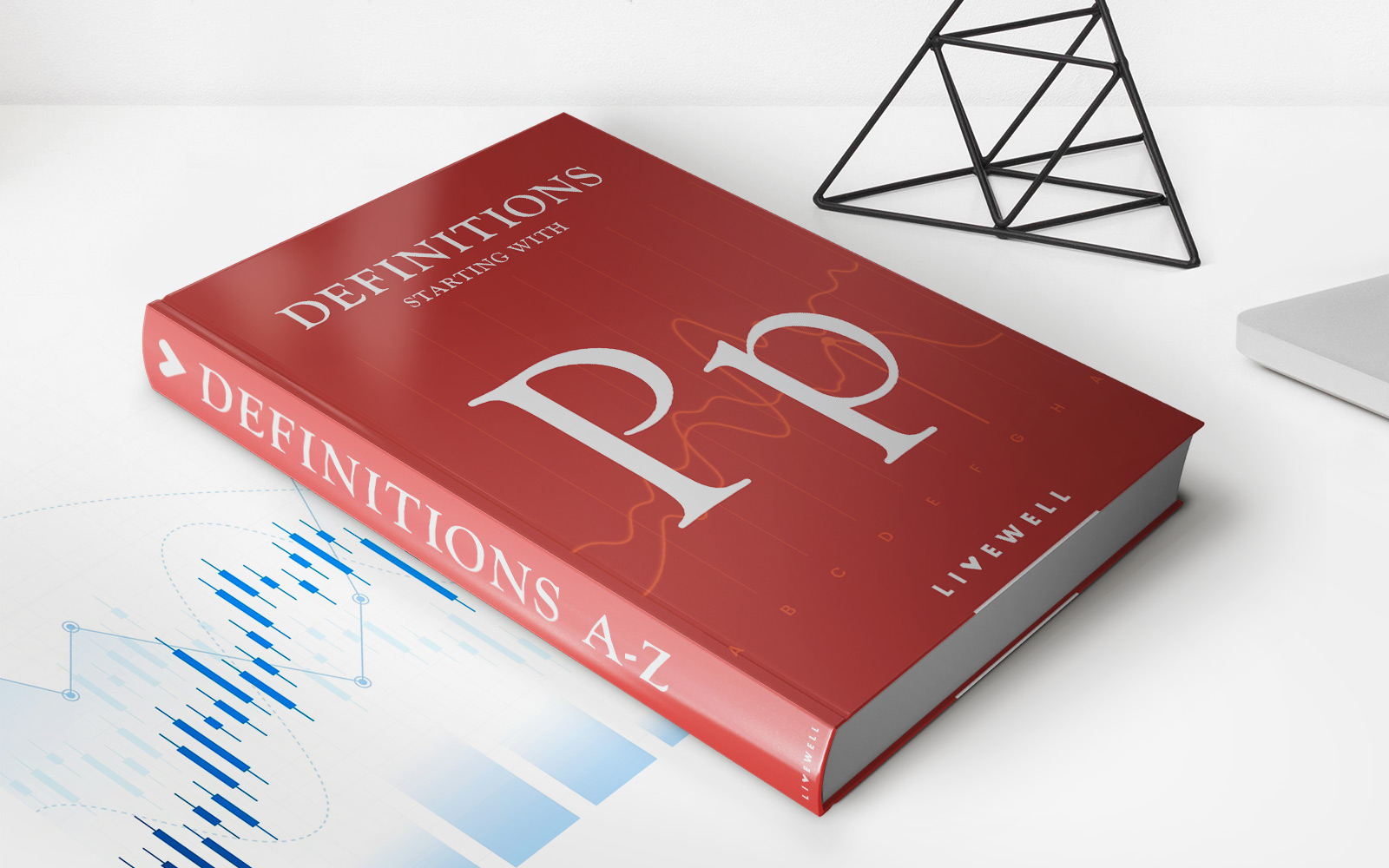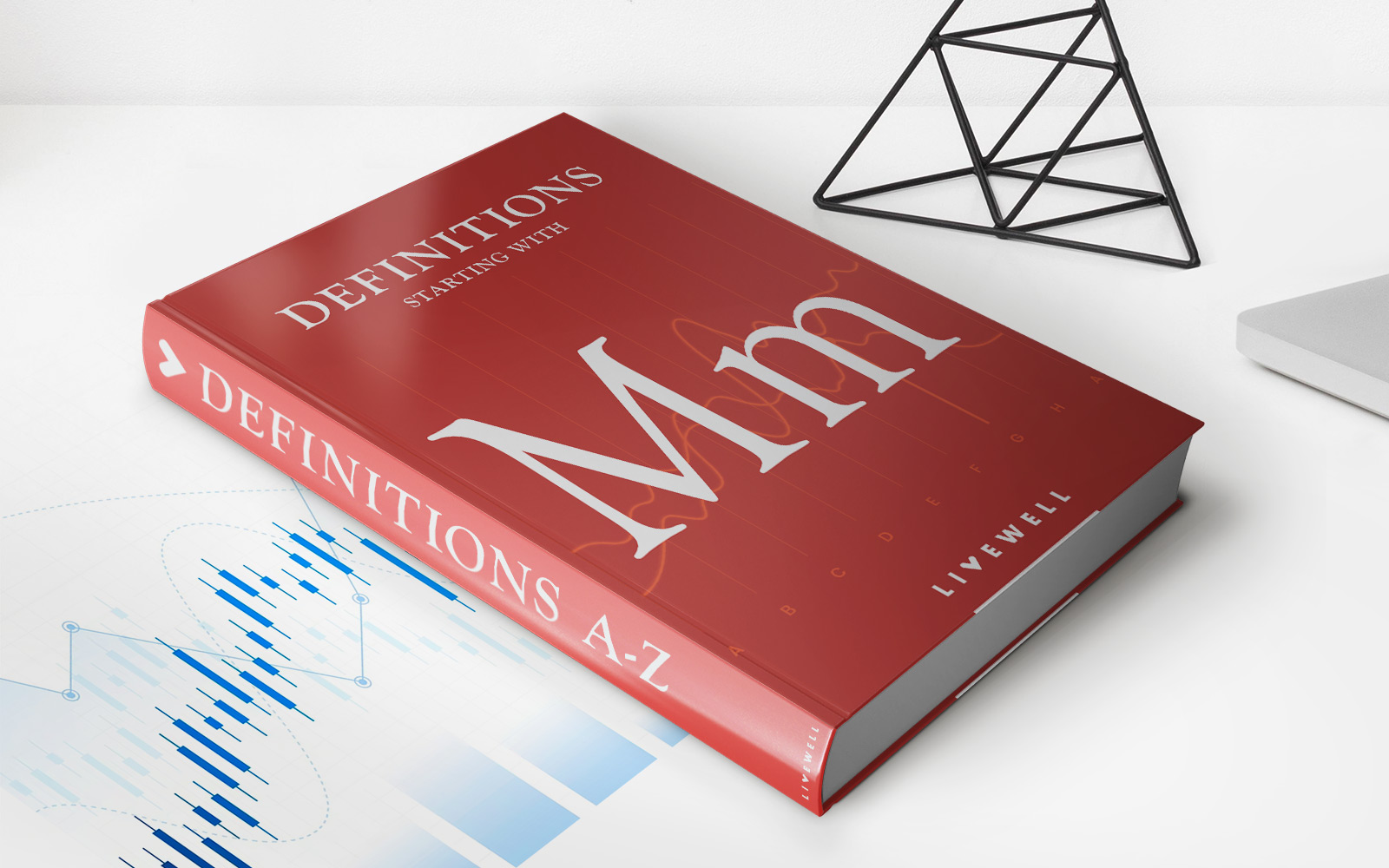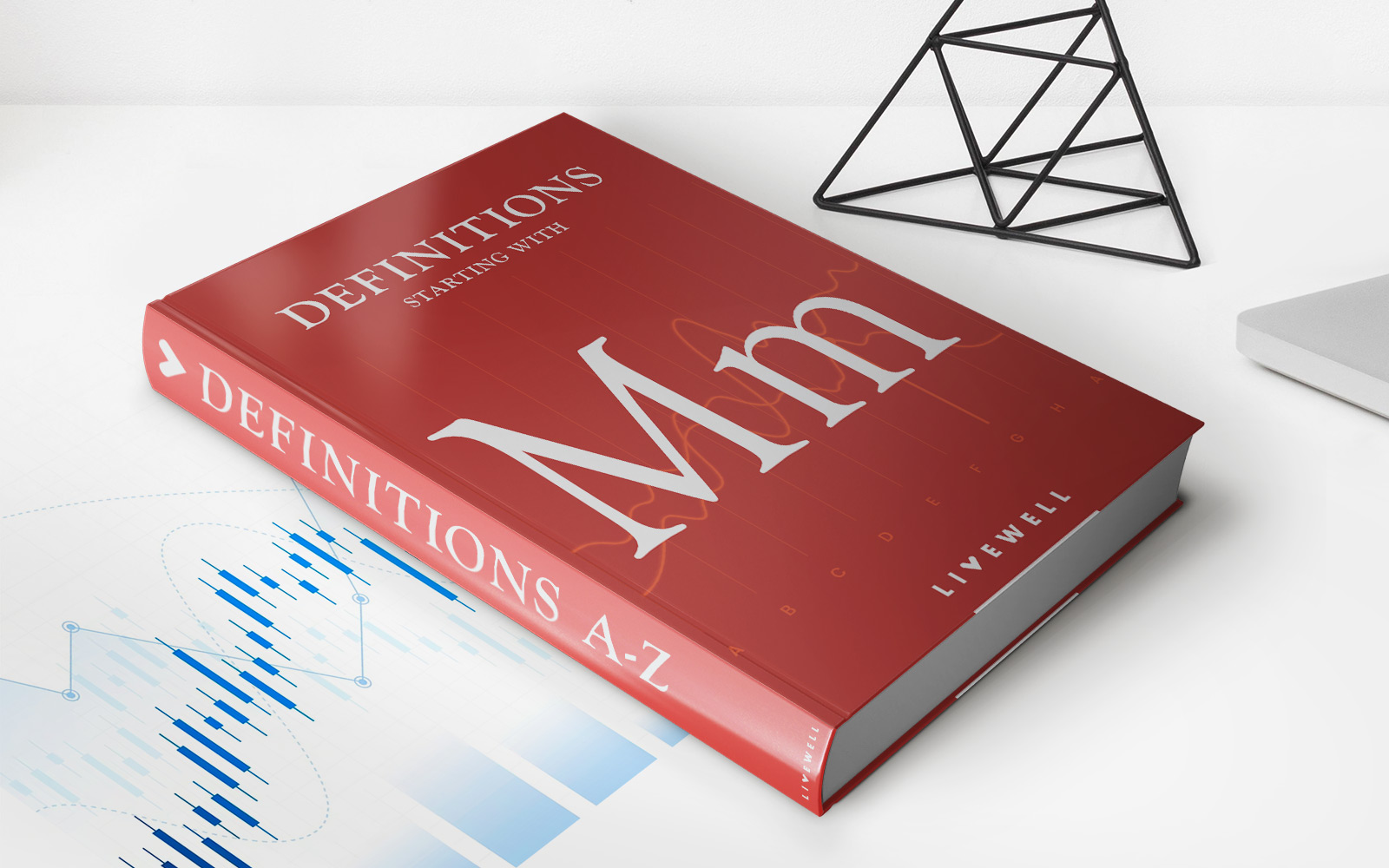

Finance
Mortality Table: Definition, Types, And Uses
Published: December 27, 2023
Learn about mortality tables in finance, including their definition, types, and uses. Gain insights into how these tables are used in risk management and financial planning.
(Many of the links in this article redirect to a specific reviewed product. Your purchase of these products through affiliate links helps to generate commission for LiveWell, at no extra cost. Learn more)
Mortality Table: Definition, Types, and Uses
Welcome to our FINANCE blog post where we dive into the fascinating world of mortality tables. Have you ever wondered how life insurance companies assess risks and calculate premiums? Well, mortality tables play a crucial role in this process. In this article, we’ll define what a mortality table is, explore its different types, and discuss its important uses. So, let’s get started!
Key Takeaways:
- A mortality table is a statistical tool used by insurance companies and actuaries to predict the likelihood of death and determine premiums.
- There are various types of mortality tables, such as the actuarial, aggregate, select, and ultimate tables, each serving specific purposes.
Defining Mortality Table:
A mortality table, also known as an actuarial table or life table, is a mathematical tool that provides insights into the probability of death at different ages and can be used to estimate life expectancies. It is primarily employed by life insurance companies and actuaries to assess risks associated with life insurance policies and annuities.
A mortality table typically includes data on the number of individuals alive at various ages, as well as the number of deaths that occur within each age group. By analyzing this information, we can better understand mortality patterns and make informed decisions when providing insurance coverage.
Types of Mortality Tables:
There are several types of mortality tables, each serving unique purposes within the insurance industry:
- Actuarial Tables: These tables reflect the mortality experience of a specific population and are primarily used to determine the pricing and reserves of life insurance policies.
- Aggregate Tables: Aggregate tables combine data from multiple sources to generate broader mortality statistics. They are frequently employed for research, population studies, and government policy analysis.
- Select Tables: Select tables focus on specific subsets of the population, such as individuals with particular lifestyles or occupations. These tables provide more specialized mortality data and are used for risk assessment in niche markets.
- Ultimate Tables: Ultimate tables are long-term tables that project mortality rates to an advanced age. They are useful for estimating future policy liabilities and assessing long-term insurance risks.
Important Uses of Mortality Tables:
Mortality tables have significant implications for both life insurance companies and individuals. Here are some crucial uses:
- Determining Premiums: By assessing mortality rates, insurance companies can set appropriate premiums based on age, health factors, and other risk variables. This ensures that policyholders are charged fair and accurate rates.
- Evaluating Risks: Actuaries use mortality tables to evaluate risks associated with life insurance policies, pensions, annuities, and other financial products. These evaluations help companies manage their liabilities effectively.
- Forecasting Life Expectancy: Mortality tables provide insights into life expectancy trends, allowing individuals to plan for their financial future and make informed decisions about investment, retirement, and estate planning.
- Health Research and Policy: Government agencies and researchers utilize mortality tables to study population health, formulate public health policies, and understand mortality patterns across different demographics.
In conclusion, mortality tables are essential tools for assessing risks, determining premiums, and making informed decisions in the world of life insurance and actuarial science. Understanding different types of mortality tables and their uses provide a solid foundation for anyone interested in the finance and insurance industry. So, the next time you encounter the term “mortality table,” you’ll have a better understanding of its significance.
